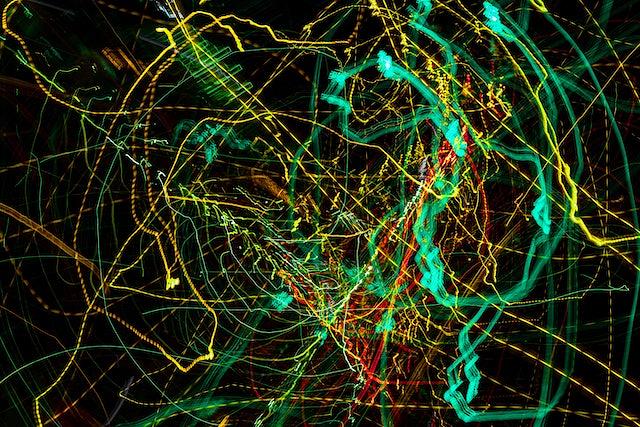-
-
Introduction
-
Brownian Motion
-
Types of Random Walks
-
-
-
Root Mean Square Displacement
-
-
-
Role of the Spatial Dimension
-
-
-
Part I
-
Part II
-
Part III
-
Part IV
-
A poor person's fluctuation dissipation relation
-
-
-
Part I
-
Part II
-
Part III
-
-
-
First Passage Phenomena
-
-
-
Part I
-
Part II
-
-
-
Final Remarks
-
-
-
Homework
-
Homework Solutions
-
4.4 Part IV » Quiz Solutions
Question 1
In a single event, the walk hops 2 steps to the left or 2 steps to the right equiprobably. The diffusion coefficient is proportional to the average mean-square displacement in a single step, .
For the nearest-neighbor random walk, .
For a walk whose steps have length 2, this same computation gives .
Thus the diffusion coefficient is increased by a factor of 4.

